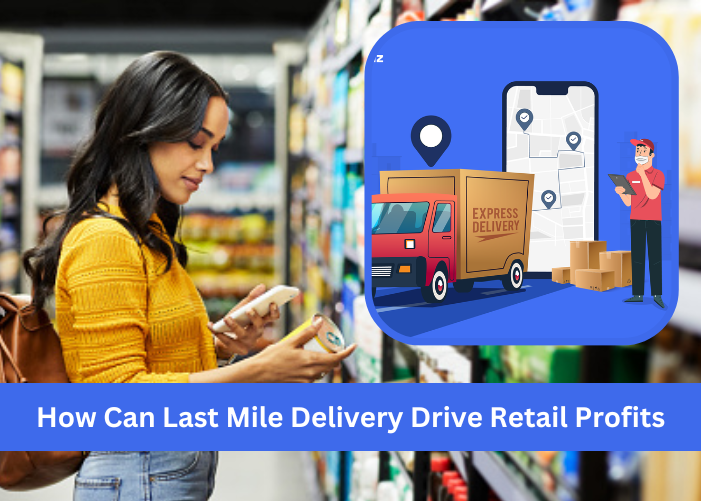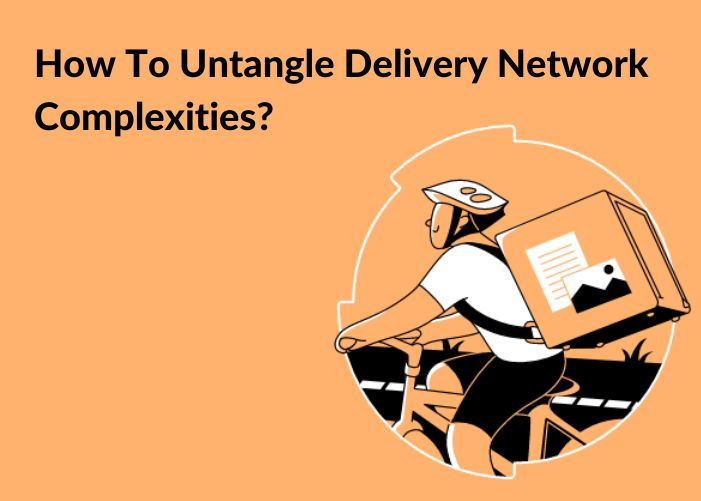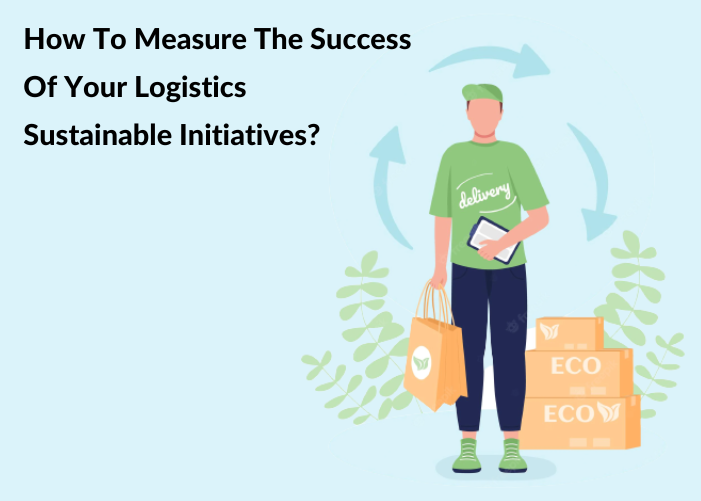Today’s online customers, who order everything from tacks to TVs, now expect – actually, demand! – free shipping for, well, everything. The “Amazon-ization” of deliveries has resulted in this. As a result, last-mile efficiency is under increasing pressure. It needs to be better, faster, cheaper, and more constant.
1) What factors drive up last-mile delivery costs?
i) Free Shipping: The “Amazon-ization” of modern deliveries, particularly in the E-commerce sector, has changed customer demands forever. They now expect Same-Day delivery, 24-Hr delivery, and the most popular option – Free Shipping!
With burgeoning competition to acquire customers, businesses are under constant pressure to go one-up on their competitors. As a result, spiraling shipping costs have shrunk profits.
~~ Recent Trends: Rising Last-Mile Costs ~~
Consumer behavior has rapidly evolved. We now want everything delivered to our doorstep! Faster, cheaper, and better! This habit was further accelerated during the pandemic.
This exerts tremendous pressure on last-mile efficiency, cost, and resources. Increased shipping costs are a huge drain on profits. Companies must match rapidly growing customer demands, but maintain costs and profitability simultaneously.
ii) Failed/late deliveries: With surging competition, the consumer knows that he always has numerous options. Therefore, his intolerance is much higher.
A delivery that is late – or, worse, a wrong one – is often the flashpoint that will drive the consumer to discard you and take his business elsewhere. Even if the reason for the delay may have been genuine e.g. a road blockade, there’s always another hungry competitor that is offering a better deal! Result? A lost customer.
iii) Reverse pickups & replacements: Reverse pickups and drops, and their associated costs, increase operating costs tremendously. They also exert a strain on resources and drain profits.
~~ What do “Last-Mile Costs” mean? ~~
Last-Mile, quite literally, is the last leg of the package delivery that begins from a fulfillment center and ends at the customer’s doorstep. The investment required to execute this final step of delivery is called “last-mile costs”.
Last-Mile efficiency is critical for driving Customer Satisfaction. Thus, a cost-effective and efficient process is key to its success. If not planned and executed properly, it could result in financial losses, poor customer experience, and negative brand perception.
iii) Consumers demand numerous options: Today’s customer wants “options” – for shipping, payment, delivery windows, pickup locations…
Making all such options available to the customer requires resources, involves costs, and needs effort. This drives up the costs of last-mile operations.
2) Using last-mile software to reduce costs and increase profits
Logistics companies must learn to control some key variables of last-mile costs to achieve a profitable retail operation. These include:
i) Route optimization: Perhaps, the single biggest advantage of modern delivery software is, route optimization determines the most efficient routing for fleet vehicles and drivers. Remember, the most efficient isn’t the fastest, cheapest, or shortest route but the one that balances such restraints and comes up with the most efficient and cost-effective route.
Numerous factors like driver performance, fuel cost, urgent deliveries, fragile goods, road conditions, number of deliveries per route, locations, re-routing on the go (etc.) are instantly analyzed by the software’s powerful algorithms to come up with the most optimal routes.
~~ How Much Does Last-Mile Cost? ~~
Last-Mile Delivery typically accounts for up to 40% of total supply-chain operating costs and about 50-55% of the total shipping cost.
Poor cost-control of last-mile operations could severely disrupt your bottom line. The modern last mile delivery system is a robust tool for controlling this cost and driving a healthy business.
ii) Maintains fleet visibility: During the movement of goods, delivery companies need to ensure that visibility and transparency are maintained.
Delivery software uses smart technology and automated systems to maintain a constant line of communication between central staff and delivery teams.
Logistics teams can track fleet and driver movement in real time and correct any deviations (e.g. traffic jams) that may be required. Location, status, and parcel movement are monitored in real-time to provide the best chance of achieving plans. This helps maintain profitability
iii) Fleet-tracking in real-time: Since central teams and delivery teams can communicate in real-time, key information and updates can be exchanged. This enables logistics managers to solve any issues that may crop up. For example, weather conditions or a change of delivery address.
As a result, delivery companies can monitor and update ETAs to customers via instant notifications, calls (etc.). Real-time tracking controls last-mile costs by re-routing in real-time, optimizing distances traveled, changing delivery locations and timings (etc.)
Last-Mile Delivery: Infamous For Inefficiency!
Companies struggle to achieve Last-Mile Efficiency. That is the unfortunate truth.
- Drop size, number of deliveries, vastly different route dynamics of Rural vs. Urban areas, traffic congestion, road conditions, driver availability, and fleet-vehicle maintenance are just some drivers of costs and inefficiency
- With Ecommerce growing rapidly, the no. of daily deliveries has increased tremendously. This has further added to the challenges, costs, and complexities that result in last-mile delivery inefficiency
iv) Robust data-analytics: Well, the power of modern data analytics, fuelled by AI & ML, works wonders. It throws up optimal solutions in an instant, analyzes inefficiencies, suggests corrections, amplifies strategies that are working and ultimately helps in achieving a profitable operation for its clients like retail or logistics companies.
v) Increases number of deliveries per day: Ultimately, profit is the difference between revenue and cost. Achieving, and maintaining an effective last-mile operation is crucial in maximizing the number of deliveries that delivery firms can complete in a day. This has a direct impact on the top line. Conversely, an efficient last-mile operation would also mean that your costs are minimized. As mentioned above, this is the cornerstone of long-term profitability.
vi) Achieves Customer Satisfaction: This is always the final metric! Unless you create happy customers, there will not be any repeat business and you won’t be able to build profitability.
An efficient last-mile operation provides your customers with several benefits and conveniences including on-time deliveries, delivery visibility, and transparency, options over delivery times and locations, and ePOD (electronic proof-of-delivery) to reduce paperwork and quicken delivery completion (etc.).
By doing this, it ultimately achieves Customer Satisfaction, a key requirement for repeat business that drives business stability, growth, and profitability.
Conclusion: As is evident, optimizing your last-mile operation is key to achieving profitability. Using modern technology, including automated last mile delivery software, is the first step toward this.




